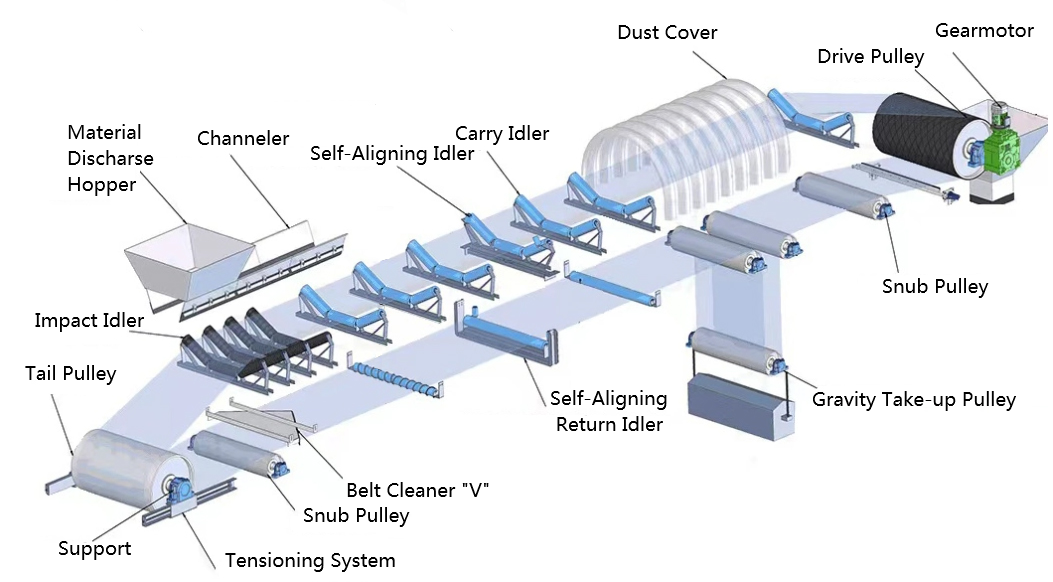 Afrikaans
Afrikaans  Albanian
Albanian  Amharic
Amharic  Arabic
Arabic  Armenian
Armenian  Azerbaijani
Azerbaijani  Basque
Basque  Belarusian
Belarusian  Bengali
Bengali  Bosnian
Bosnian  Bulgarian
Bulgarian  Catalan
Catalan  Cebuano
Cebuano  Corsican
Corsican  Croatian
Croatian  Czech
Czech  Danish
Danish  Dutch
Dutch  English
English  Esperanto
Esperanto  Estonian
Estonian  Finnish
Finnish  French
French  Frisian
Frisian  Galician
Galician  Georgian
Georgian  German
German  Greek
Greek  Gujarati
Gujarati  Haitian Creole
Haitian Creole  hausa
hausa  hawaiian
hawaiian  Hebrew
Hebrew  Hindi
Hindi  Miao
Miao  Hungarian
Hungarian  Icelandic
Icelandic  igbo
igbo  Indonesian
Indonesian  irish
irish  Italian
Italian  Japanese
Japanese  Javanese
Javanese  Kannada
Kannada  kazakh
kazakh  Khmer
Khmer  Rwandese
Rwandese  Korean
Korean  Kurdish
Kurdish  Kyrgyz
Kyrgyz  Lao
Lao  Latin
Latin  Latvian
Latvian  Lithuanian
Lithuanian  Luxembourgish
Luxembourgish  Macedonian
Macedonian  Malgashi
Malgashi  Malay
Malay  Malayalam
Malayalam  Maltese
Maltese  Maori
Maori  Marathi
Marathi  Mongolian
Mongolian  Myanmar
Myanmar  Nepali
Nepali  Norwegian
Norwegian  Norwegian
Norwegian  Occitan
Occitan  Pashto
Pashto  Persian
Persian  Polish
Polish  Portuguese
Portuguese  Punjabi
Punjabi  Romanian
Romanian  Russian
Russian  Samoan
Samoan  Scottish Gaelic
Scottish Gaelic  Serbian
Serbian  Sesotho
Sesotho  Shona
Shona  Sindhi
Sindhi  Sinhala
Sinhala  Slovak
Slovak  Slovenian
Slovenian  Somali
Somali  Spanish
Spanish  Sundanese
Sundanese  Swahili
Swahili  Swedish
Swedish  Tagalog
Tagalog  Tajik
Tajik  Tamil
Tamil  Tatar
Tatar  Telugu
Telugu  Thai
Thai  Turkish
Turkish  Turkmen
Turkmen  Ukrainian
Ukrainian  Urdu
Urdu  Uighur
Uighur  Uzbek
Uzbek  Vietnamese
Vietnamese  Welsh
Welsh  Bantu
Bantu  Yiddish
Yiddish  Yoruba
Yoruba  Zulu
Zulu Improving Efficiency with Troughing Rolls in Material Handling Systems
Understanding Troughing Rolls A Key Component in Conveyor Systems
Troughing rolls are integral components in the design and function of conveyor systems, which are widely used in various industries including mining, agriculture, and material handling. These rolls are essential for supporting the conveyor belt as it moves material from one location to another, and play a critical role in ensuring the efficiency and reliability of the entire conveyor system.
What Are Troughing Rolls?
Troughing rolls are cylindrical rollers fixed on a conveyor support frame, specifically designed to carry and shape a conveyor belt into a trough-like profile. This design enables the transport of loose bulk materials, such as coal, grains, or minerals, minimizing spillage and maximizing load capacity. Troughing rolls are typically assembled in sets, with various angles of inclination—commonly 20°, 35°, or 45°—to create a trough that conforms to the material being transported.
The Importance of Troughing Rolls
The functionality of troughing rolls is multi-faceted. First and foremost, by bending the conveyor belt into a trough shape, they effectively contain materials, preventing them from falling off during transport. This containment is crucial for ensuring that the material reaches its destination without significant losses, which could lead to economic inefficiencies.
Additionally, troughing rolls facilitate easier movement of materials up inclines. The increased surface contact with the belt enhances friction, which in turn reduces the amount of energy required to move materials. This energy efficiency contributes to the overall operational cost savings, making conveyor systems more economically viable for businesses.
Design and Materials
Troughing rolls are engineered to withstand significant wear and tear. They are commonly made from robust materials such as steel, which provides durability and reliability. Some rolls feature rubber or other traction-enhancing coatings that improve grip and reduce slippage, especially in applications where moisture or other slippery substances are present.
troughing rolls

The design of troughing rolls can also be customized based on specific operational requirements
. Variations include adjusting the diameter of the rolls, configuring the frame for different types of installations, or using specialized bearings to handle heavier loads. These modifications ensure that the rolls can handle various materials and conditions effectively.Maintenance Considerations
For troughing rolls to function optimally, regular maintenance is essential. Routine inspections should focus on checking the alignment and condition of the rolls, as misalignment can lead to uneven wear on the conveyor belt and subsequent operational failures. The bearings should also be lubricated periodically to prevent friction and avoid premature wear.
Furthermore, while troughing rolls are designed for durability, they are not immune to damage. Encounters with foreign objects, improper loading, or even environmental factors can lead to breakage or deformation. Prompt identification and replacement of damaged rolls are critical to maintain the system's efficiency.
Innovations in Troughing Rolls
As technology continues to evolve, so do the designs and functionalities of troughing rolls. Innovations now include the incorporation of sensors and IoT technology that can provide real-time data about the operational state of the rolls and the conveyor system as a whole. This data-driven approach allows for predictive maintenance, which can significantly reduce downtime and maintenance costs.
Another advancement is the development of lightweight materials that maintain strength while reducing the overall weight of the rolls. This is particularly useful in applications where reducing the energy required for operation is a priority.
Conclusion
Troughing rolls are much more than simple components of a conveyor system; they represent a critical intersection of engineering and functionality that keeps industries running smoothly. Understanding the importance of these rolls, along with their design, maintenance, and potential innovations, underscores their role in enhancing the efficiency and effectiveness of material handling processes. As industries continue to advance, so too will the technologies surrounding troughing rolls, paving the way for even more efficient operations.
-
Revolutionizing Conveyor Reliability with Advanced Rubber Lagging PulleysNewsJul.22,2025
-
Powering Precision and Durability with Expert Manufacturers of Conveyor ComponentsNewsJul.22,2025
-
Optimizing Conveyor Systems with Advanced Conveyor AccessoriesNewsJul.22,2025
-
Maximize Conveyor Efficiency with Quality Conveyor Idler PulleysNewsJul.22,2025
-
Future-Proof Your Conveyor System with High-Performance Polyurethane RollerNewsJul.22,2025
-
Driving Efficiency Forward with Quality Idlers and RollersNewsJul.22,2025





























